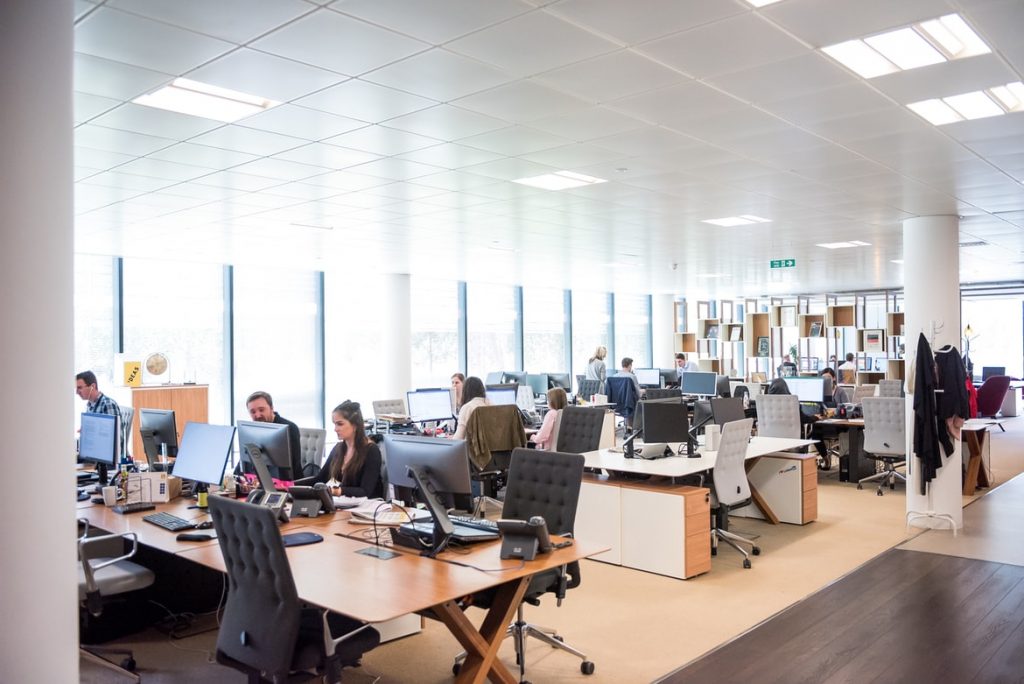While many do perceive cyber security as the protection of digital data. Cyber security also involves the protection of our very own physical devices.
If so, how can you better protect your devices from cyber risks? If you are working outside the office, what steps should you take? What if you are about to leave your workplace, what should you remember? Here are practical steps on how employees can prevent cyber intrusion while working on-premises and remotely.
Cyber Security is the Protection of Physical Devices: Best Practices
The following best practices will help you protect your devices from cyber risks.
1. Backup Your Data
Properly back up your data regularly. This is the first step to ensure your critical data will not be lost or stolen, if ever you lose your device.
2. Password Protect Your Devices
Make sure to password-protect your devices. The longer the password, the better it is. Such complex passwords have better protection against cyber threats, compared to the short passwords that are easy to guess or remember. However, don’t share it with others or write it down on paper. Password-protecting your devices will prevent criminals from accessing your sensitive data even if they got hold of your device.
3. Lock Your Device When Not in Use
While you are working at your desk, make sure to lock your device when it’s not in use. Hackers can easily access your device if you accidentally left it unlocked or if someone has access to it while you are away from the office.
Also, remember to close the programs you are not using and put a screen saver on it by changing the settings of your operating system’s control panel, for example, Control Panel > Display > Screen Saver Settings.
In addition, you can also install anti-theft software that automatically locks down your PC after a set time or when another user logs into another user account on the machine.
4. Use Two-Factor Authentication (2FA) for Remote Access and VPN Access to Workplace Network/Systems
If you need to log in remotely to work-related systems and networks (for example, through Remote Desktop Protocol – RDP), then use two-factor authentication (2FA), which requires both something you know (such as your password) and something you have (such as an authorized device).
Authenticator apps consisting of one-time passcodes (OTP) are also highly recommended for two-factor authentication (2FA). OTPs are sent via SMS or email and one code is valid for only a few minutes before expiring; therefore, having an OTP app installed on mobile devices is even more important than having 2FA enabled on RDP connections since this is what will keep your account safe in case of a remote cyber breach of your computer. Perhaps that allows hackers access to your computer through RDP but they cannot access your personal or work-related network and systems in the organization with OTP and 2FA protection in place.
Furthermore, when you’re connecting to a public Wi-Fi hotspot, use an encrypted virtual private network (VPN) connection to your organization’s network/systems.
5. Install Anti-Theft Software
Install an anti-theft software that locks down your PC after a set time or when another user logs into another user account on the machine. Also, it will take a snapshot of the computer screen if someone moves the mouse or types on the keyboard. In turn, which will send you an alert to your phone if your device is stolen.
Do you have any other best practices to share with us? We are always looking for ways to help employees better protect their devices from cyber risks. Please share your thoughts with us in the comments below.

